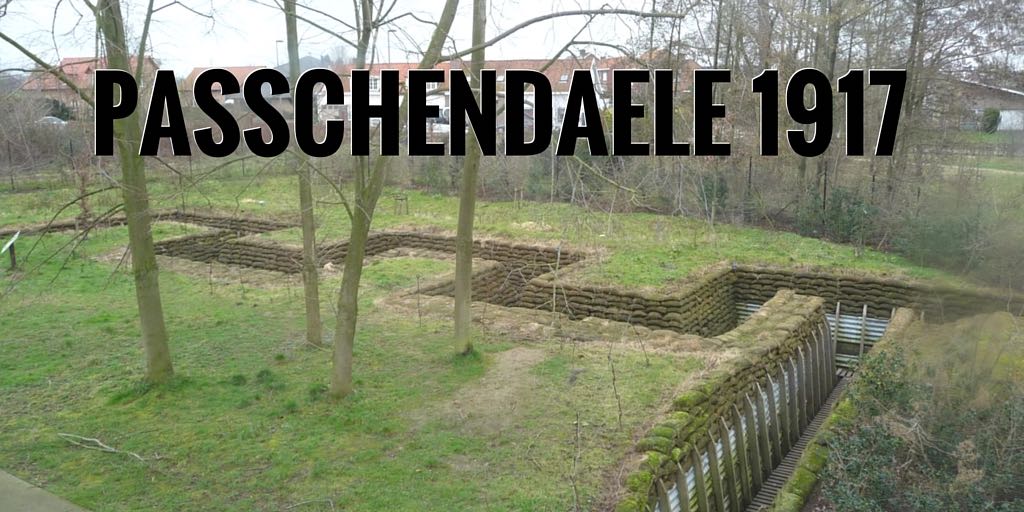
Memorial Museum Passchendaele 1917 in Zonnebeke, Belgium
The Memorial Museum Passchendaele 1917 in Zonnebeke recalls the horrors of a battle during the First World War that was called “The Pointless Bloodbath”
In London on June 7th, 1917, British Prime Minister Lloyd George – as well as many other people – heard an explosion. In Lille, France, scientists recorded what they thought was an earthquake. In fact, the largest man-made explosion until the birth of the nuclear bomb had occurred. It was when the British Army detonated 19 mines in Messines, West Flanders, Belgium (150 miles from London!).
A German observer noted: “Nineteen enormous mushrooms rose up slowly and majestically out of the ground and then split into pieces with a mighty roar, sending up multi-colored columns of flame mixed with a mass of earth and splinters high in the sky.” The explosions killed more than 10,000 German soldiers; almost the same number were left stunned and disoriented.
The explosions marked an offensive that continued with the British Army launching more shells at the German Army than they did during the whole of the Battle of the Somme. It culminated in one of the bloodiest battles of the First World War – the Battle of Passchendaele.
The objective of the battle was to capture the ruins of Passchendaele village. It was a nightmare mission. Torrential rain had turned the ground into a quagmire of thick, stinking mud that swallowed man and machine. Wave after wave of Allied forces were mowed down. Troops were called in from Australia and New Zealand only to perish within days. Passchendaele became known as ‘Passion-dale’ – the valley of suffering. It wasn’t until November 6th that fresh Canadian troops finally succeeded in seizing the village. Victory came at a huge cost. Five miles of ground had been won. Casualties numbered 245,000 Allied and 217,000 German soldiers.
Remembering the Battle of Passchendaele
The Battle of Passchendaele is the focus of the Memorial Museum Passchendaele 1917 (MMP17) in Zonnebeke, Belgium. Housed in the beautiful Zonnebeke Chateau which is located in extensive parkland, all three floors are fully utilized to display historical objects, soldiers’ letters, war documents, posters, original uniforms, and all sorts of weaponry. These are supported by black-and-white movies from the war and hundreds of original photographs.
A unique feature of the museum that I found really interesting is the Dugout Experience. This is a series of rather claustrophobic underground tunnels that replicates the British Army’s quarters in 1917. If you’re wondering why the army was stationed below ground – it’s because there was nothing left above-ground. Outside are faithfully reconstructed German and British trenches.
As the museum is based in the middle of where the battle took place, this gives it a unique perspective. Maps, photographs, illustrations, and maquettes at the museum clearly relate the key events of the battle to local landmarks. Once I looked out the window and half-expected to see a column of troops marching past.
The museum also pays homage to all the different nationalities who fought in this battle, so has mini-exhibitions on the armies of Belgium, Britain, Germany, France, New Zealand, India, South Africa, Australia, and Canada.

‘Building the Front’
A special exhibition taking place this year at MMP17 focuses on German defensive lines built the year before the Battle of Passchendaele. In 1916 it was “All Quiet on the Western Front”, at least in Flanders. (Not so further down the front in northern France, where the Battles of Verdun and the Somme lasted virtually the whole of 1916 and led to almost two million casualties.)
But in Flanders it was time to consolidate; to dig in and defend the captured land. The German Army in particular constructed elaborate defensive lines stretching along the front. Most notable of these were the Albrecht, Willem, and Flandern I, II and III lines, for which they drafted in over 100,000 Belgian citizens (Zivilarbeiter) as laborers.
The exhibition at the MMP17 is called ‘Building the Front’, and explains why and where these German defensive lines were built, and what materials were used for their construction. Again, the information that the museum has – sometimes quite literally – dug up is extremely impressive.
You can discover how the lines took the form of long trenches fortified at regular intervals with concrete bunkers and machine-gun posts and topped with rows of barbed wire. You can see how the infantry units manning these lines were backed up by artillery massed to the rear. They look virtually impenetrable – and were. The following year, the Allies encountered enormous difficulties attempting to breach these defenses and lost thousands of men in their attempts.
Take the historical trail
The Memorial Museum Passchendaele 1917 is an excellent museum. However, I am always aware that any war museum is sanitized to some degree. The replicated trenches were fascinating, but we know that the bottoms of the actual trenches were stinky, rat-infested, and flooded. The museum’s trenches were clean, with their bottoms covered with wooden boards so that visitors’ feet didn’t get muddy. Of course, with visitors – including children – passing through them, they have to be. But the consequence is that in war museums I usually feel detached from reality.
If you feel the same, then I recommend that after visiting the museum you follow the specially constructed historical trail that starts from outside the museum and takes you through Polygon Wood, the scene of a massacre of British and Australian troops during the Battle of Passchendaele.
In these Flanders fields, you might want to stand and stare for a few moments. To consider that in fields like these, young soldiers lived and died – and might even be buried deep down below where you are standing. And then you can stroll through Polygon Wood Cemetery, and silently remember those who lost their lives during “The Pointless Bloodbath.”
Ieper, Belgium
If you are looking for WWI history, then take time to drive the 13 minutes from Zonnebeke to Ieper (Ypres) where there is another excellent WWI museum and many WWI cemeteries. Ieper is also a great place to catch a WWI themed tour.
- Get an eSim to be able to use your smartphone abroad.
- Book Your Accommodation HERE
- Get a Car Rental
- Get a universal plug adapter
- Search for Great Tours HERE
- Buy Travel Insurance

Each night in Ieper there is a wreath-laying ceremony and the sounding of taps at the Menin Gate which memorializes those that went missing in WWI.

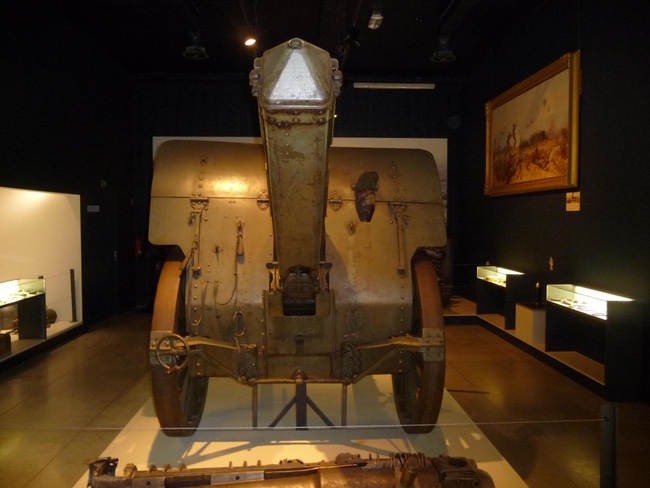
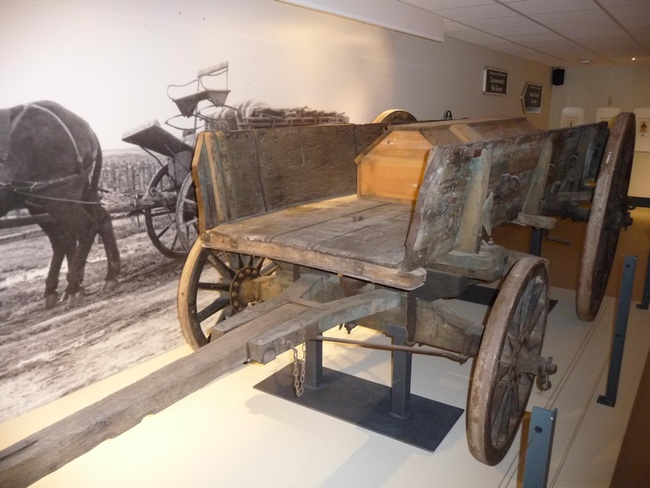
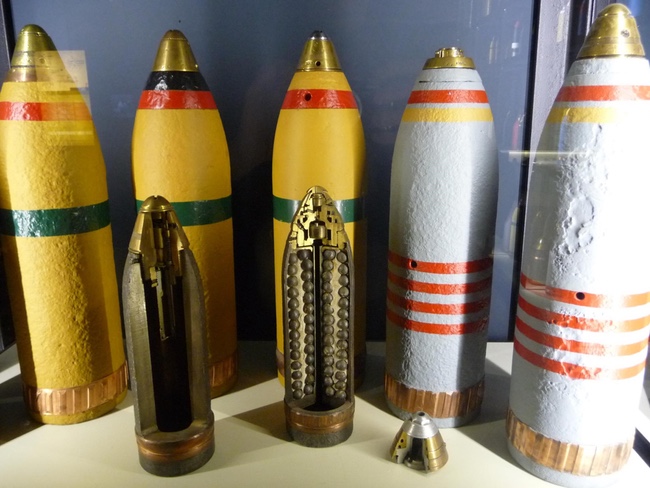
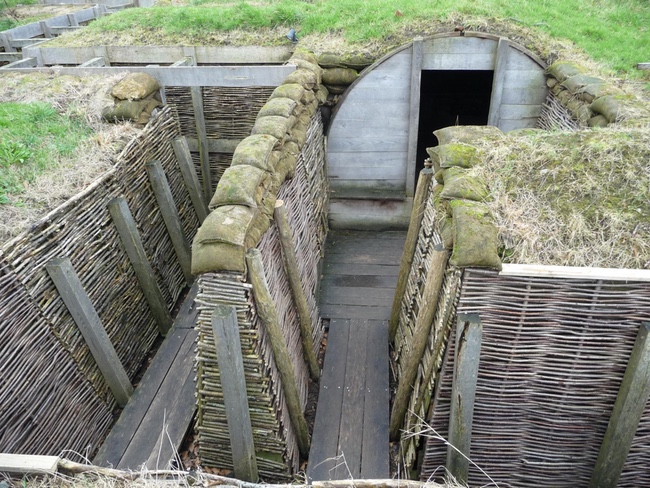
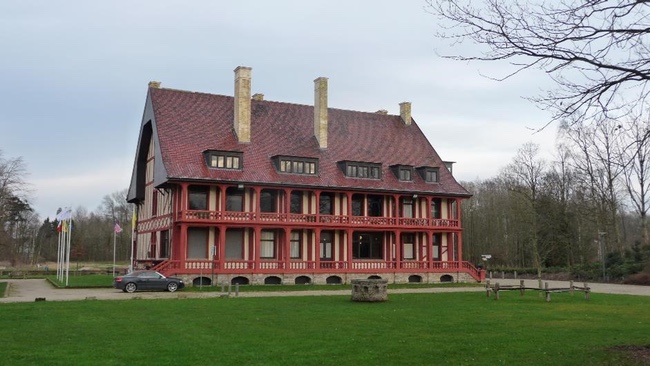


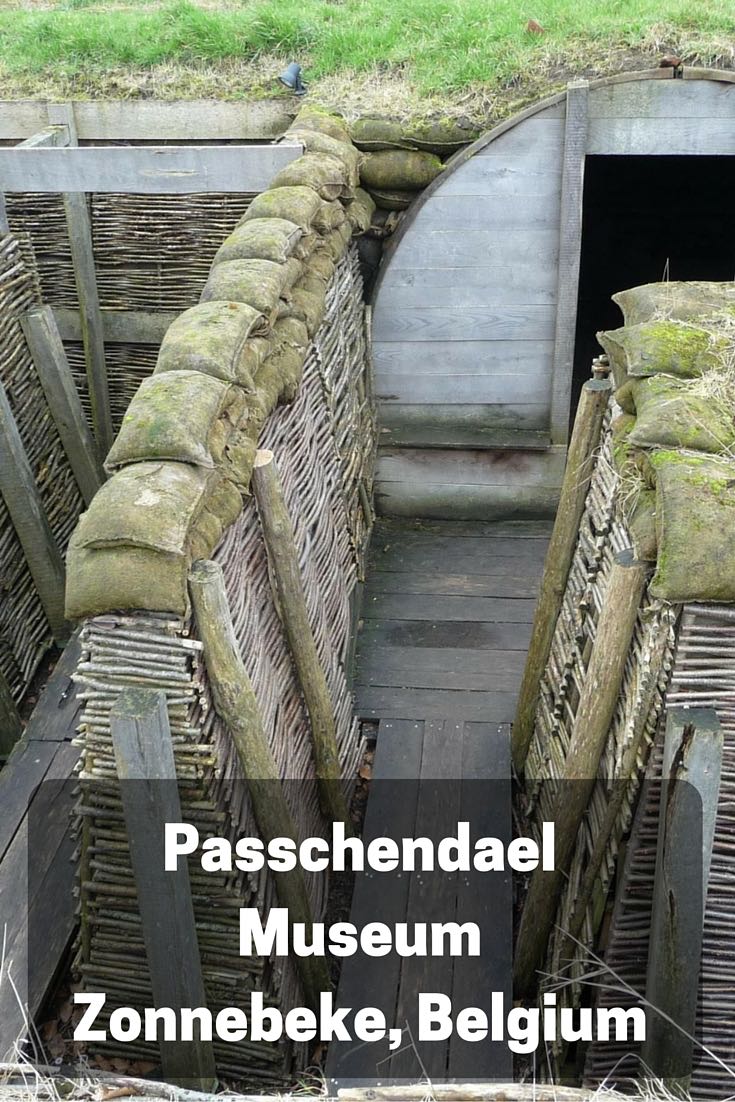
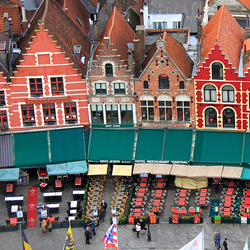 Travel to Flanders in Belgium – Episode 399
Travel to Flanders in Belgium – Episode 399 Remembering 100 Years Since WWI in Flanders Field
Remembering 100 Years Since WWI in Flanders Field Flanders Field Revisited – My Thoughts on Remembrance Day in Flanders (Poem)
Flanders Field Revisited – My Thoughts on Remembrance Day in Flanders (Poem) Museums in Belgium – 4 Must See Art, Music and History Museums
Museums in Belgium – 4 Must See Art, Music and History Museums

Patricia
Says:May 1st, 2016 at 8:13 am
Thank you for wonderful article. My bucket list includes a trip thru Belgium and France visiting the historical WWI AND WWII sites and cemeteries. This will definitely be on my list.